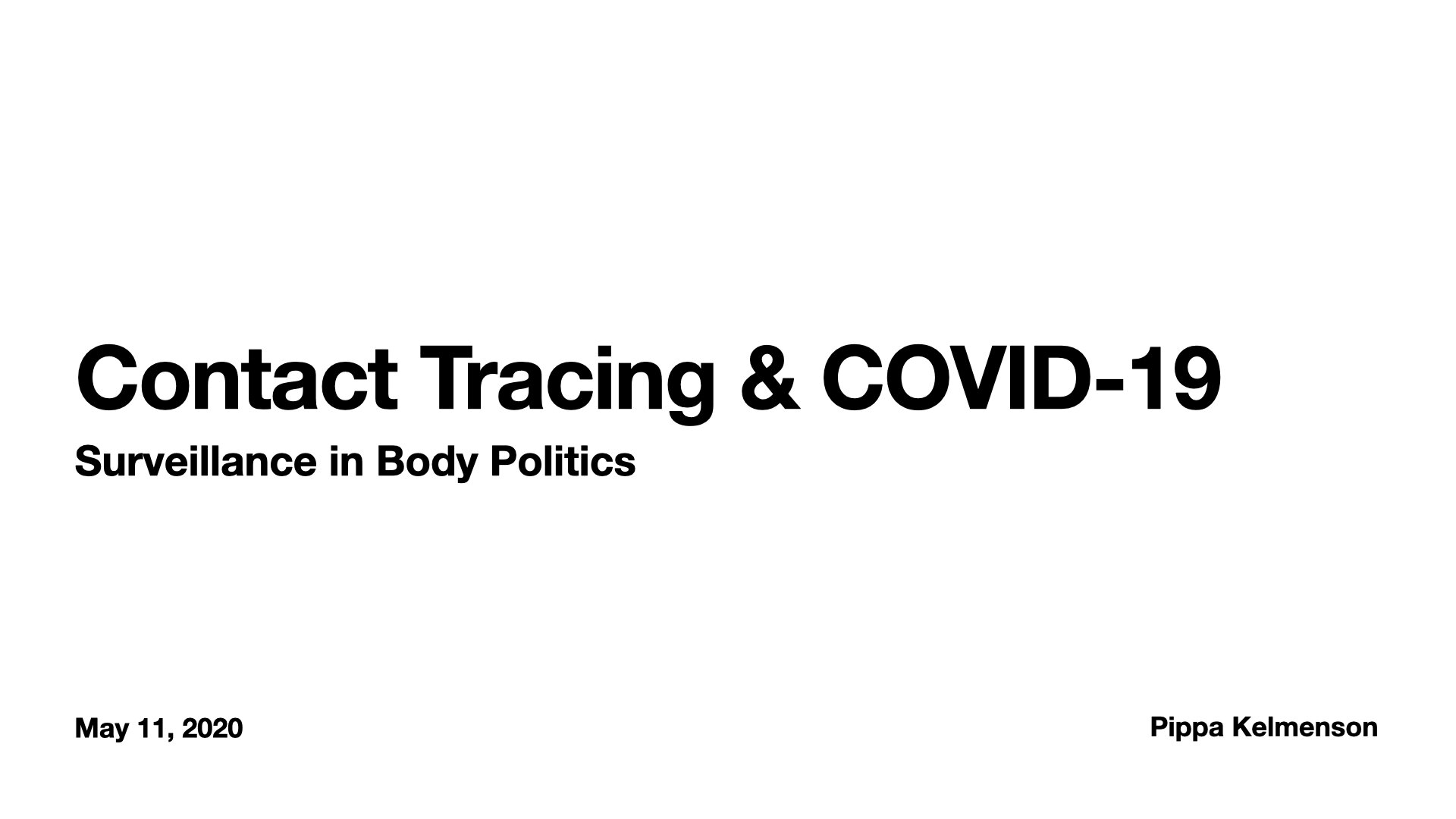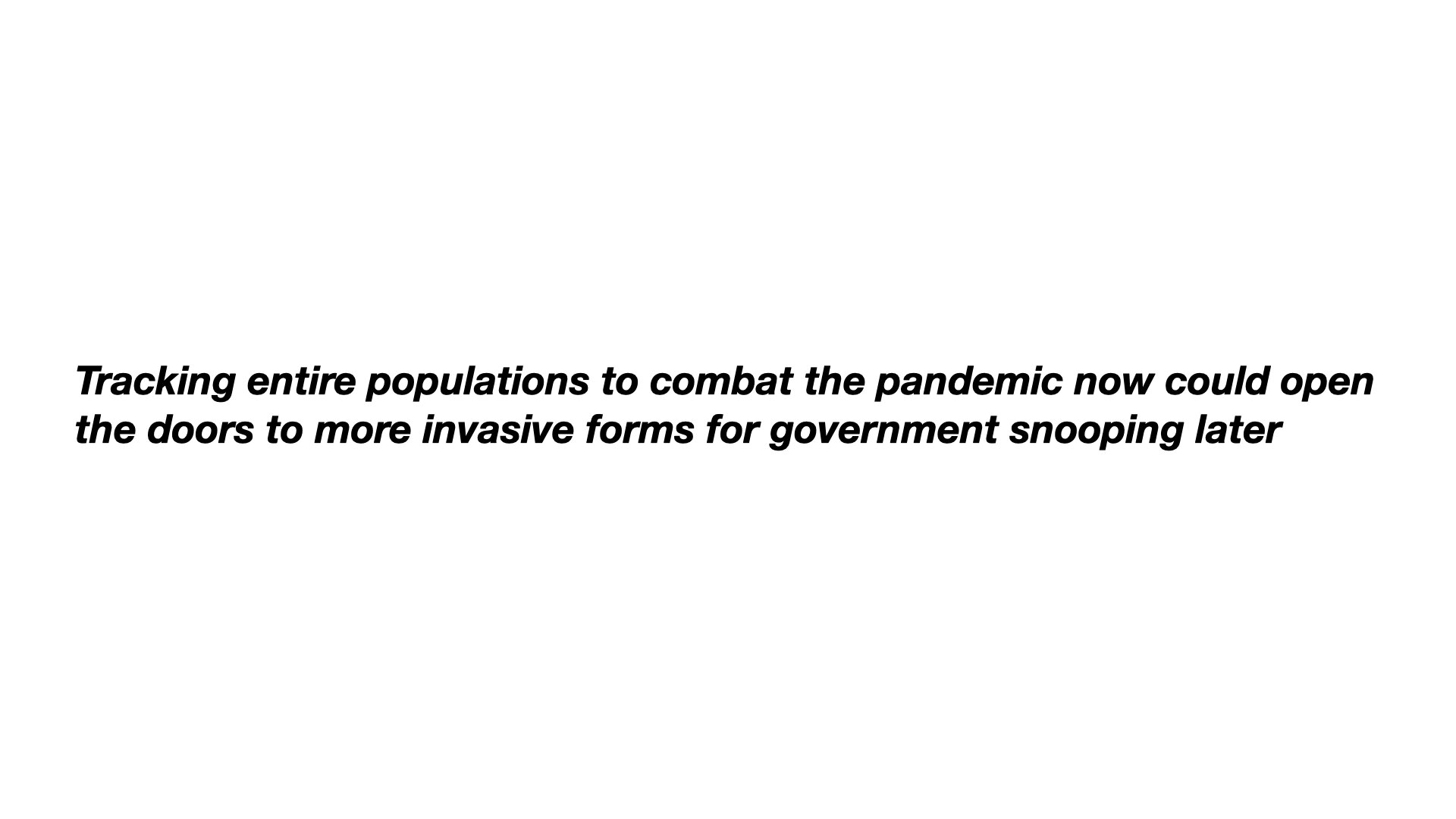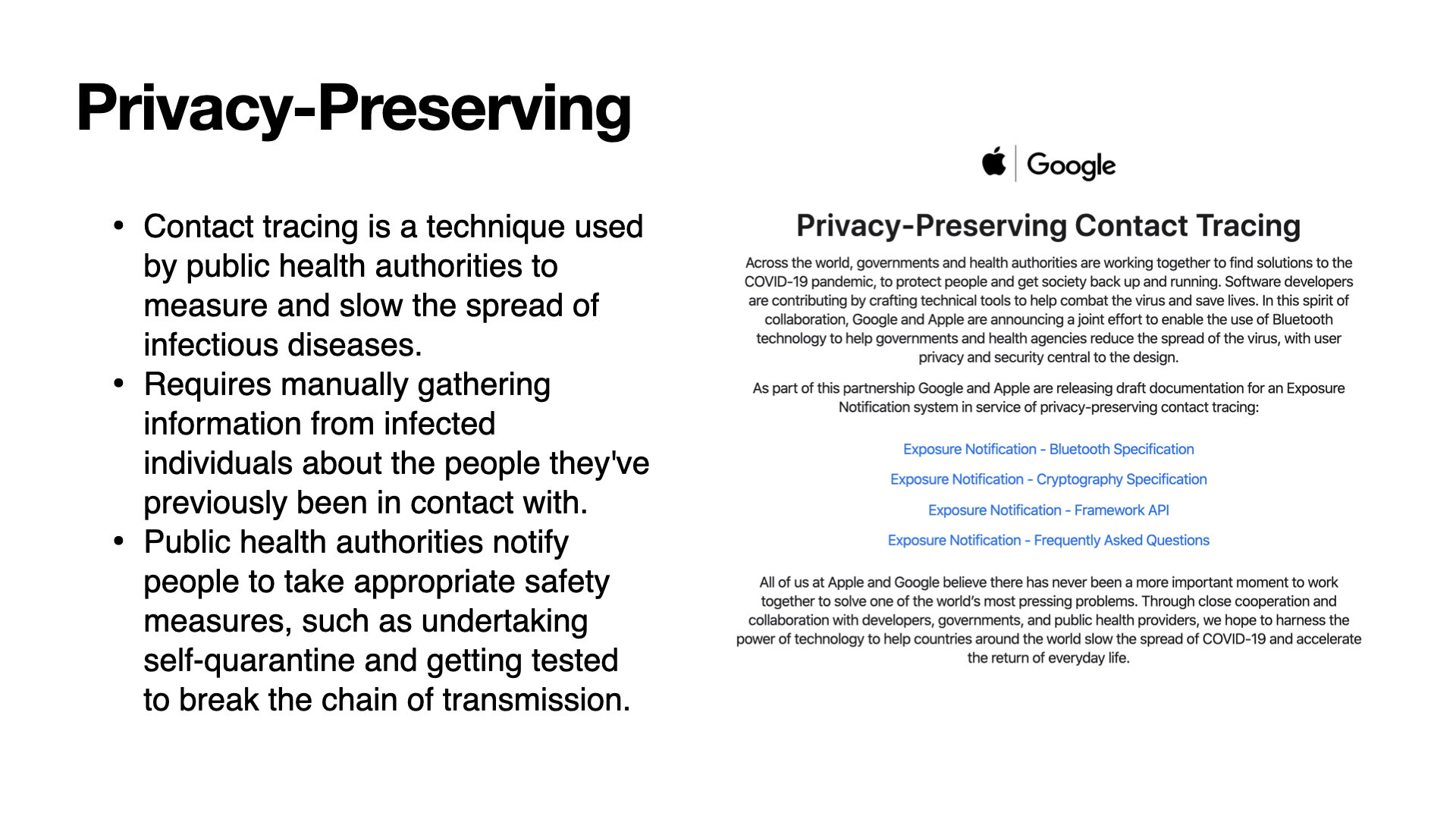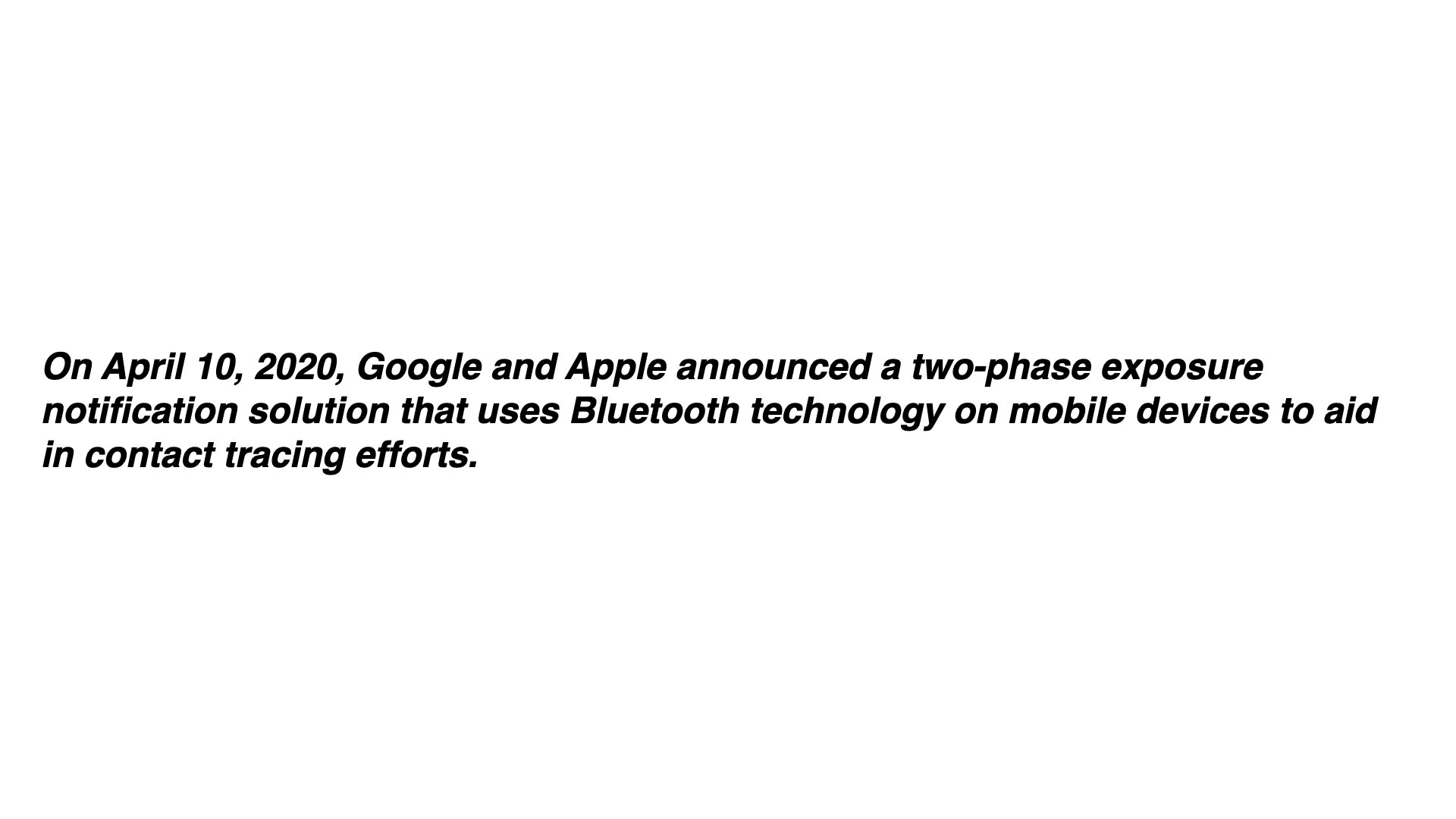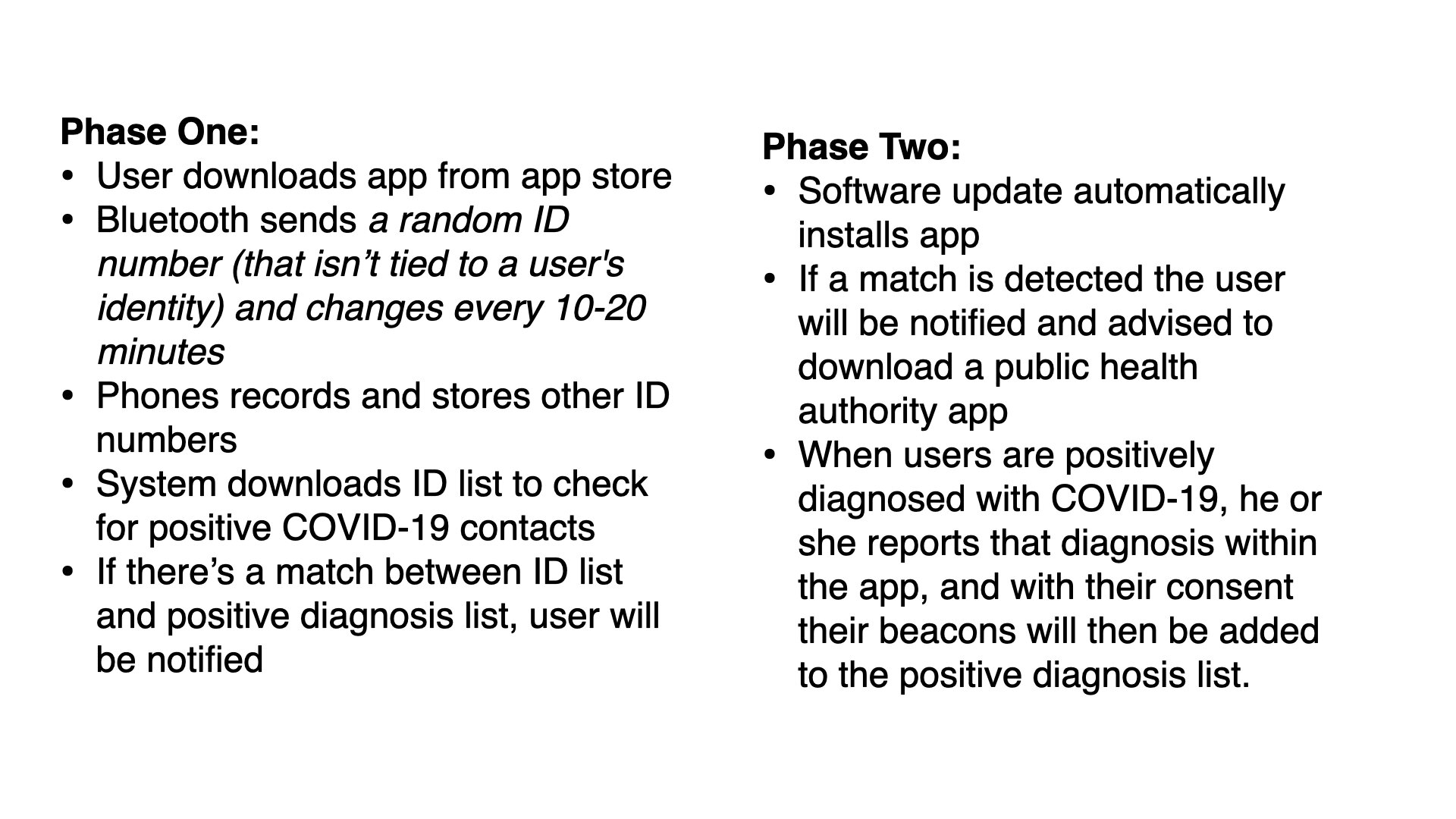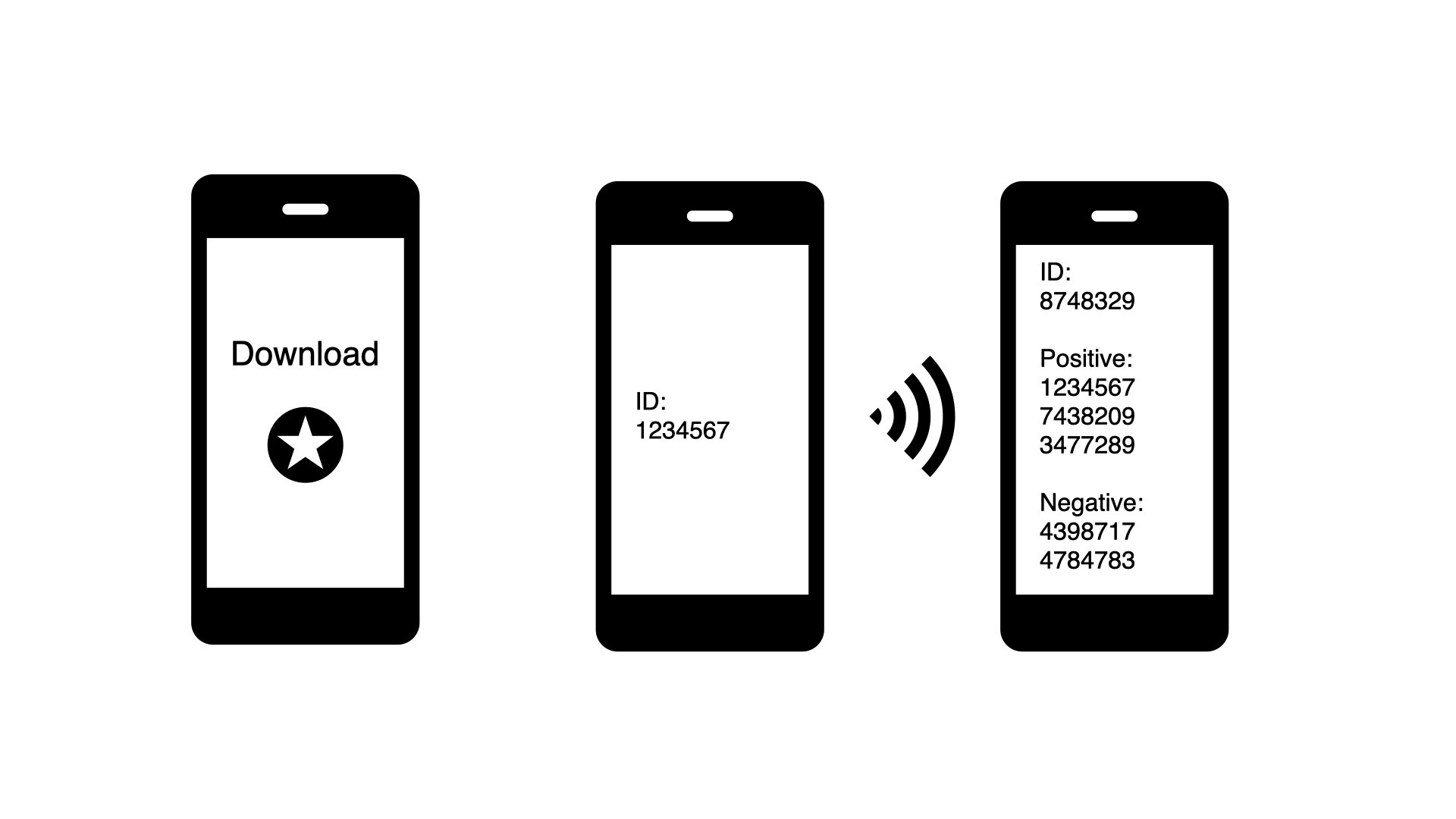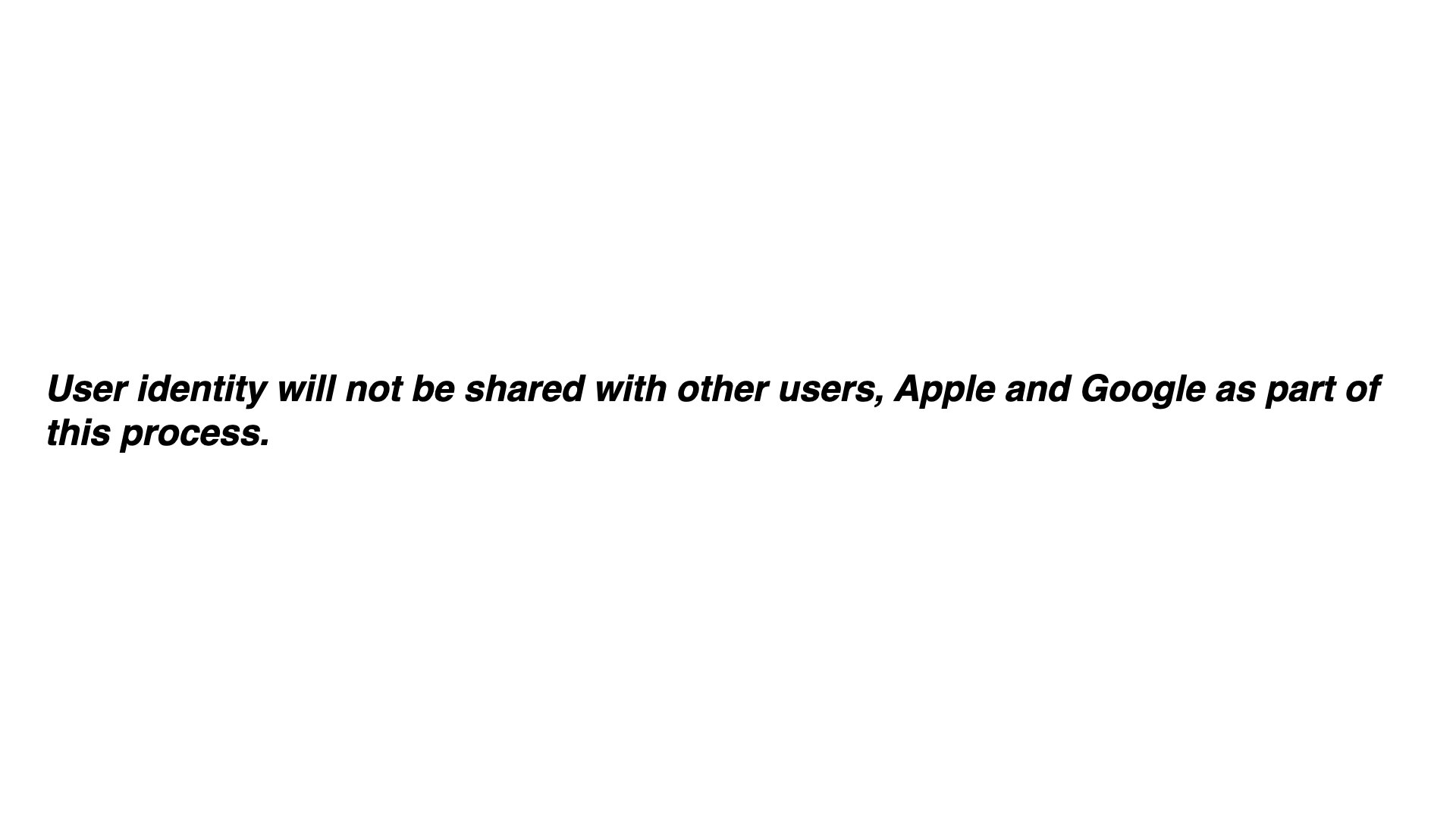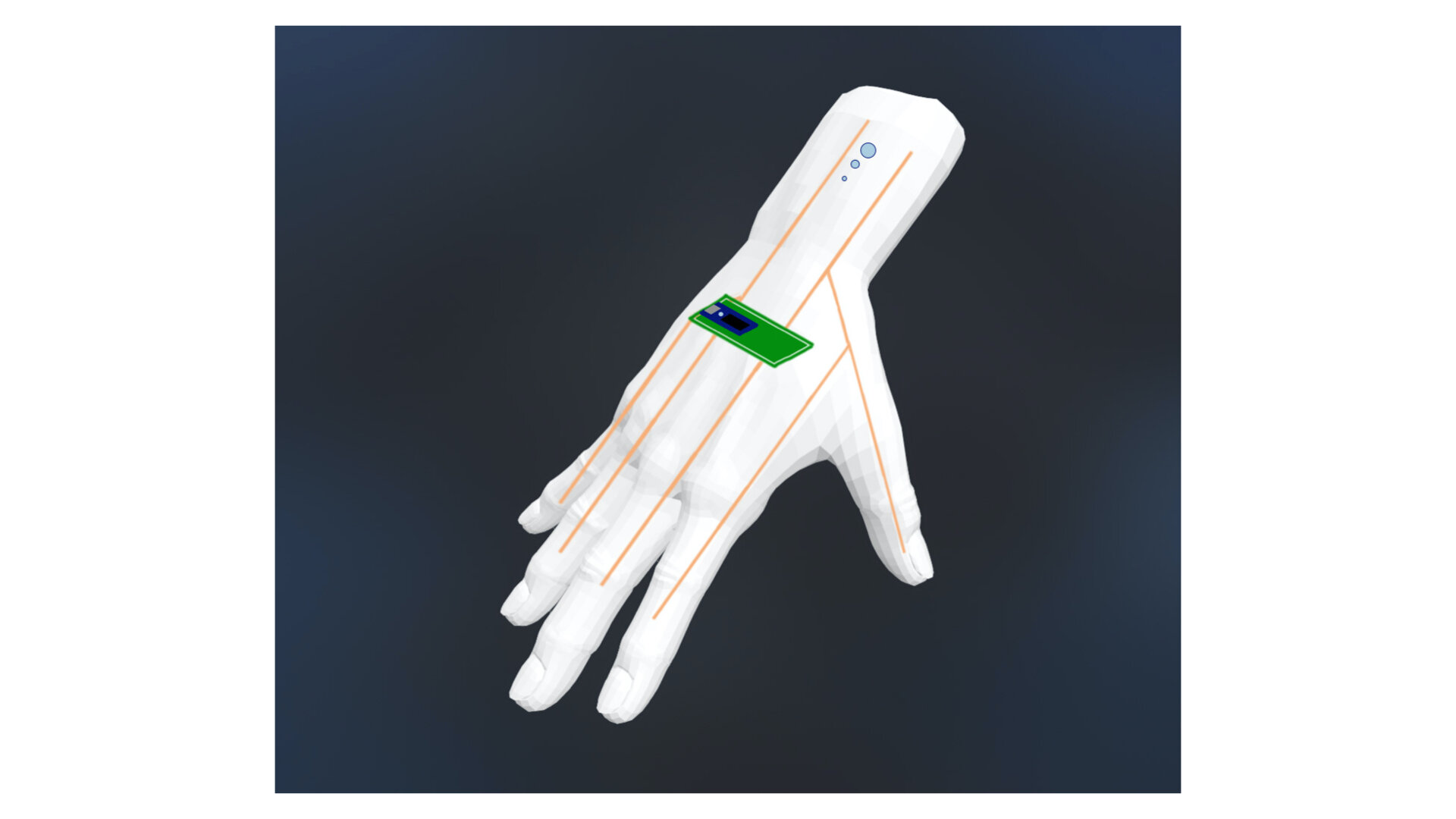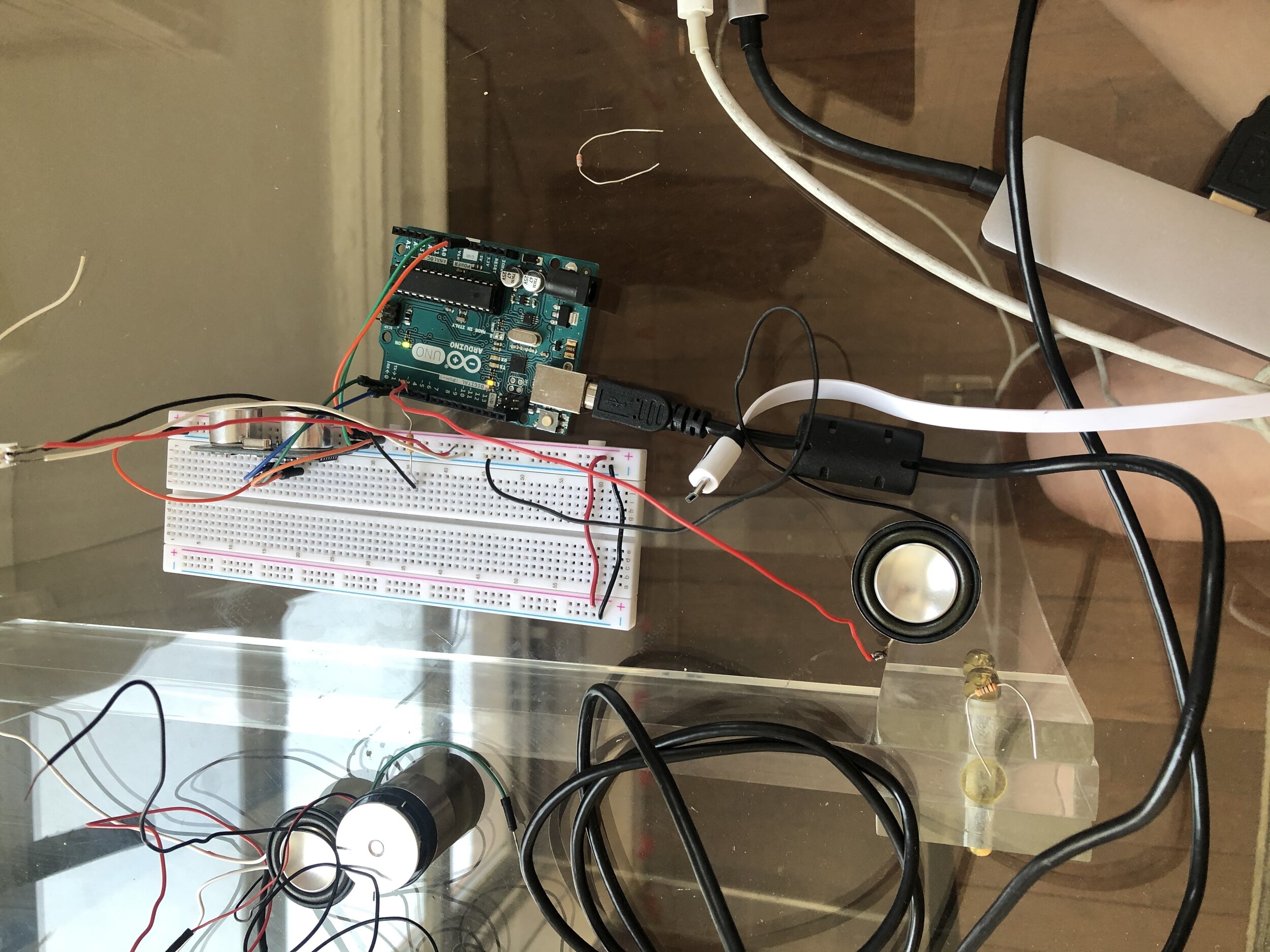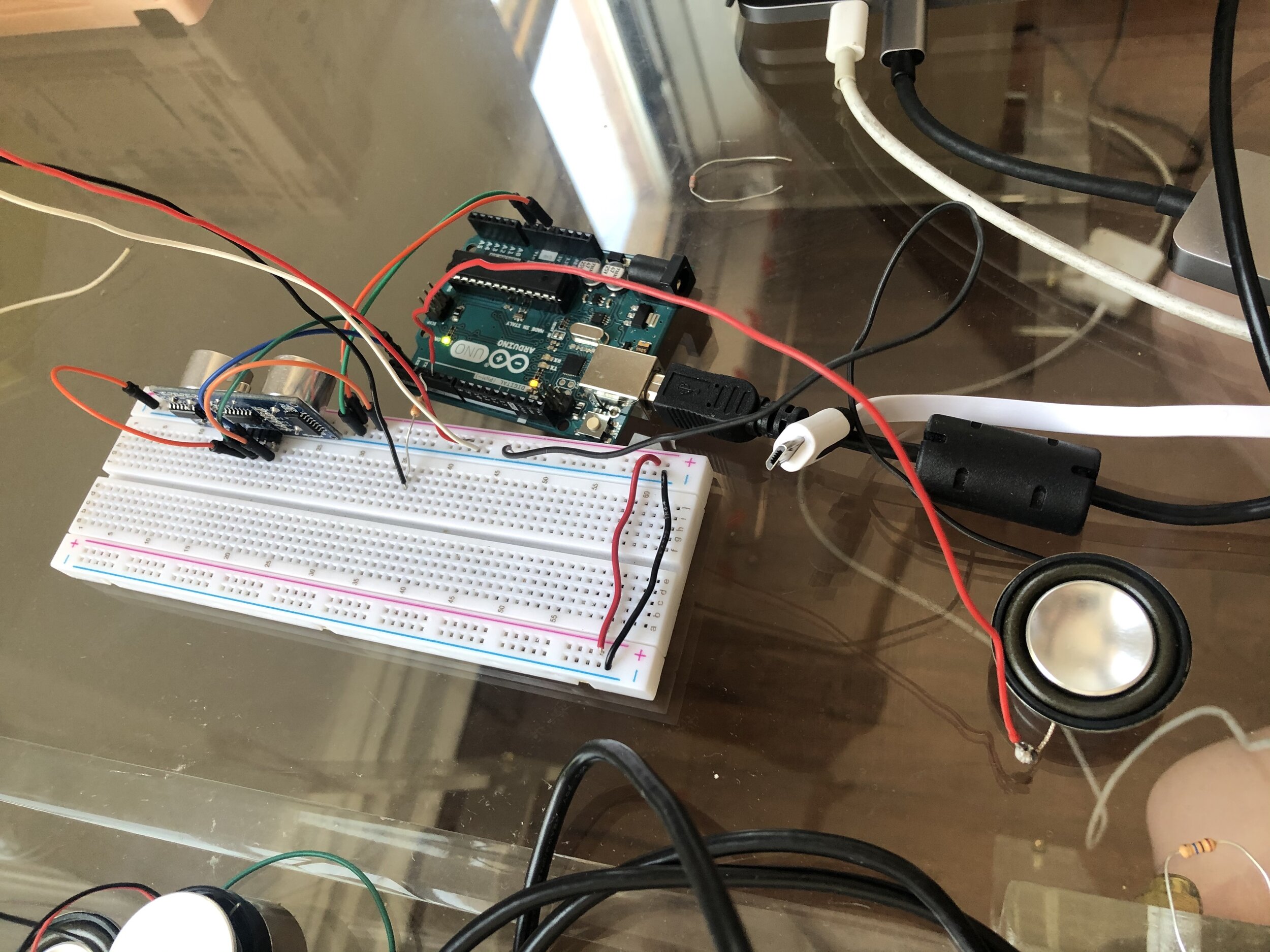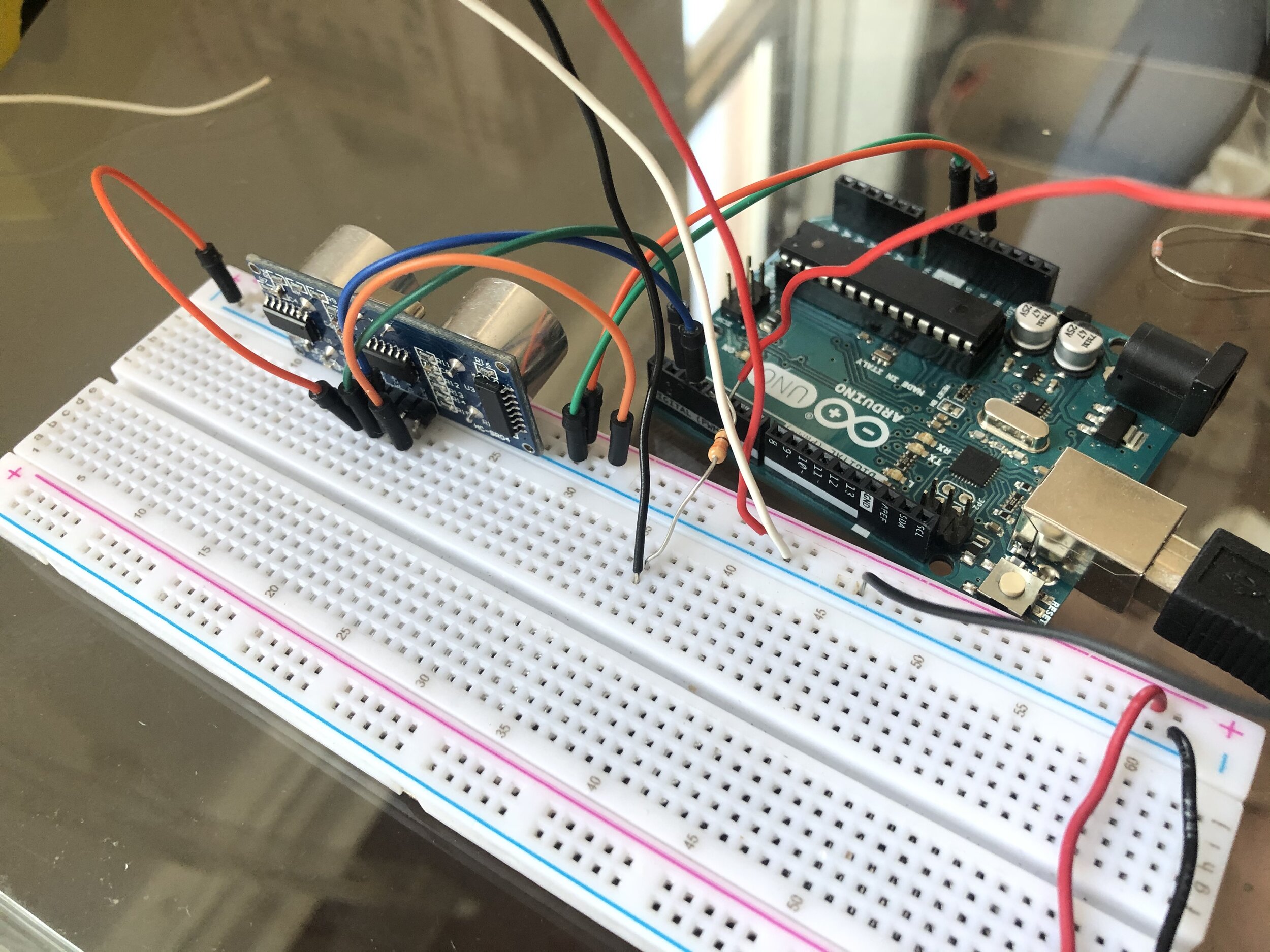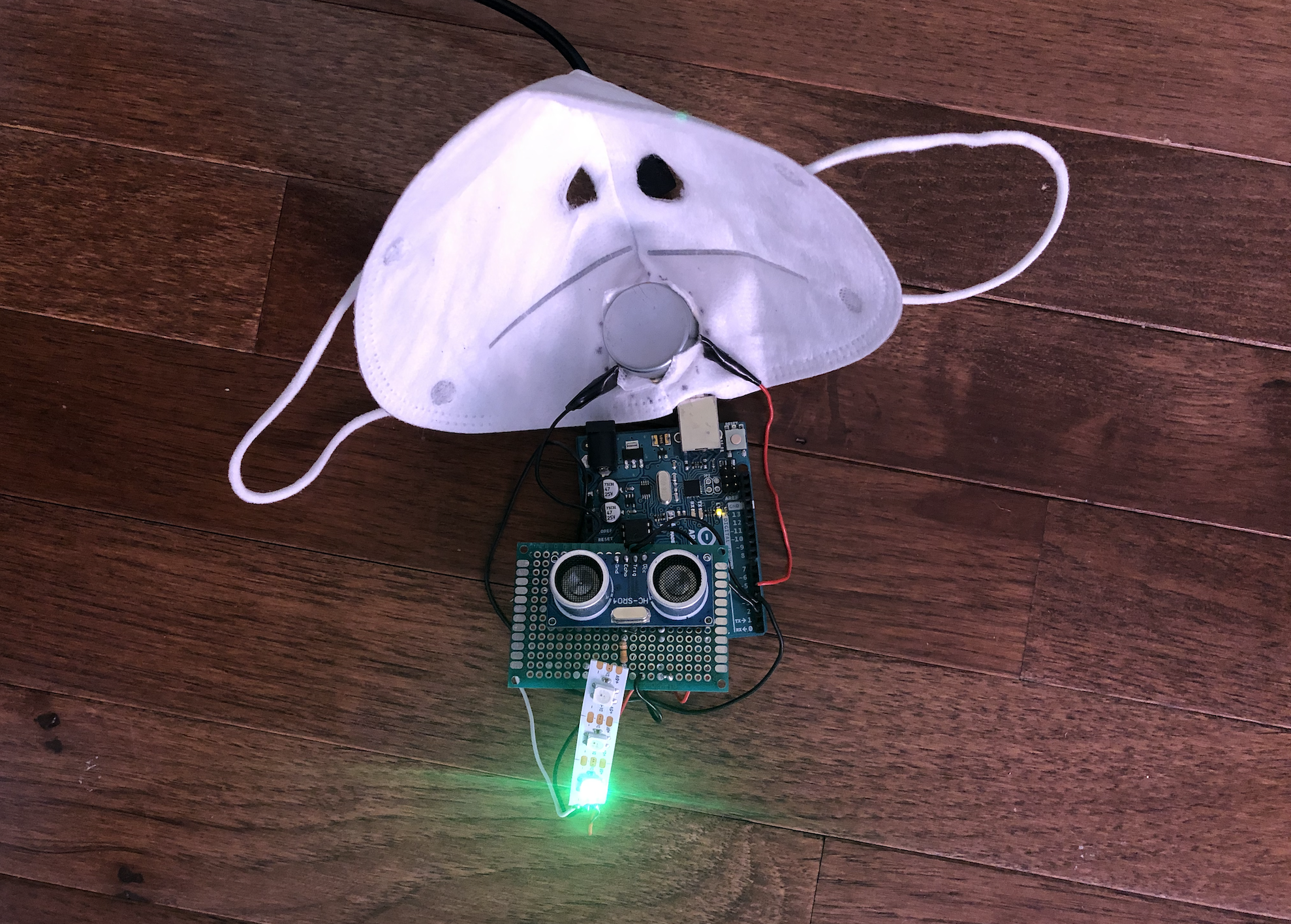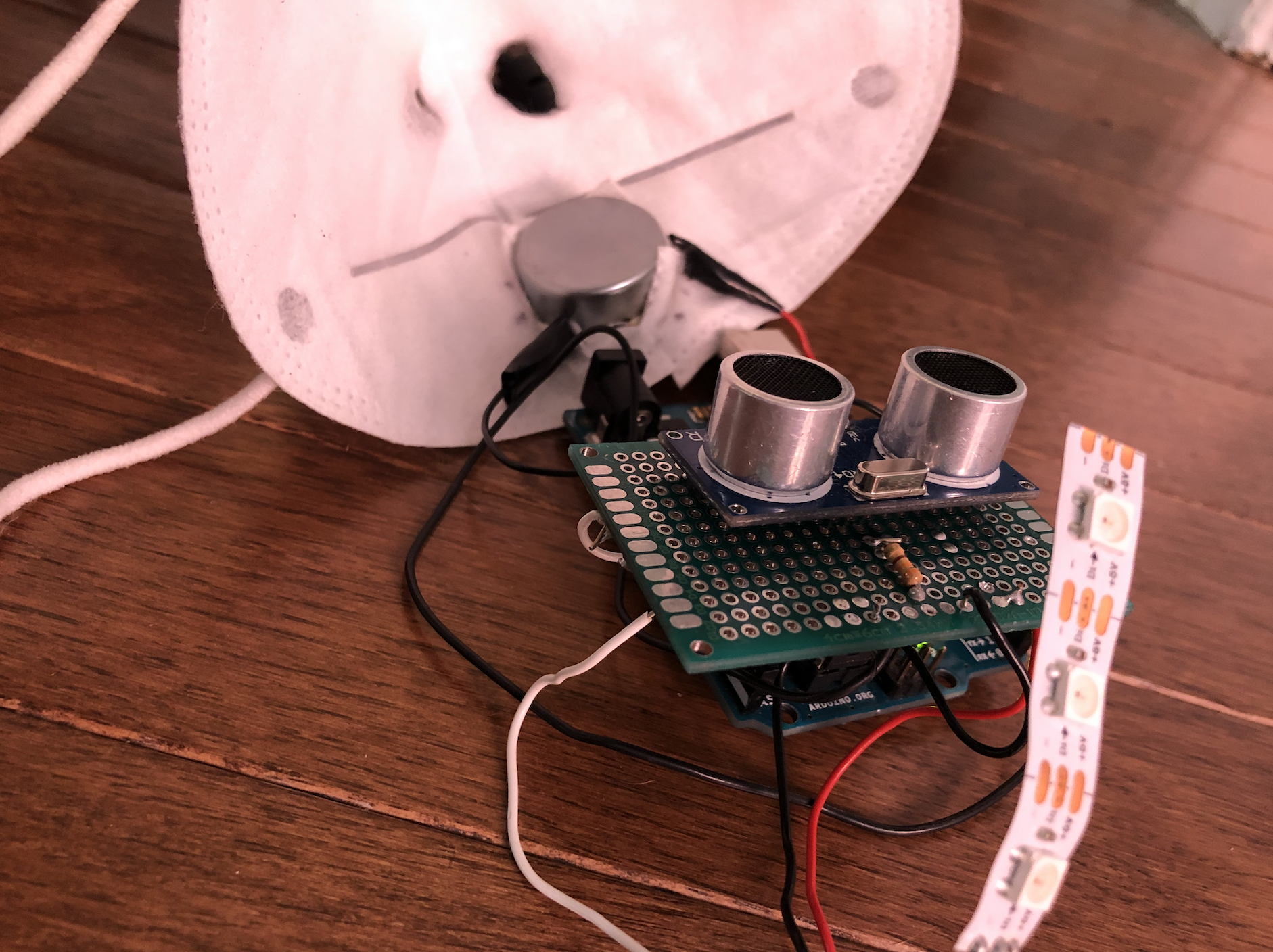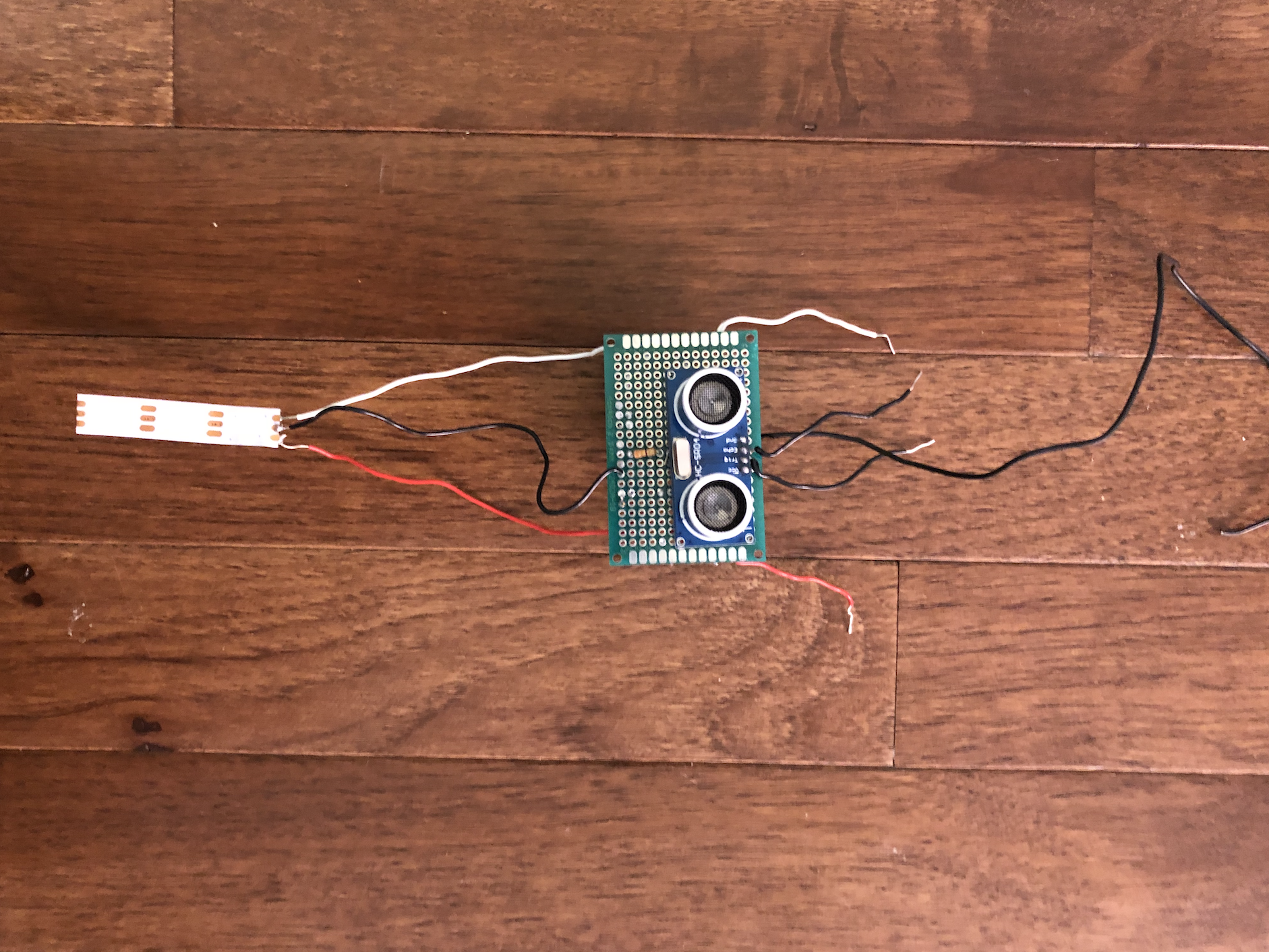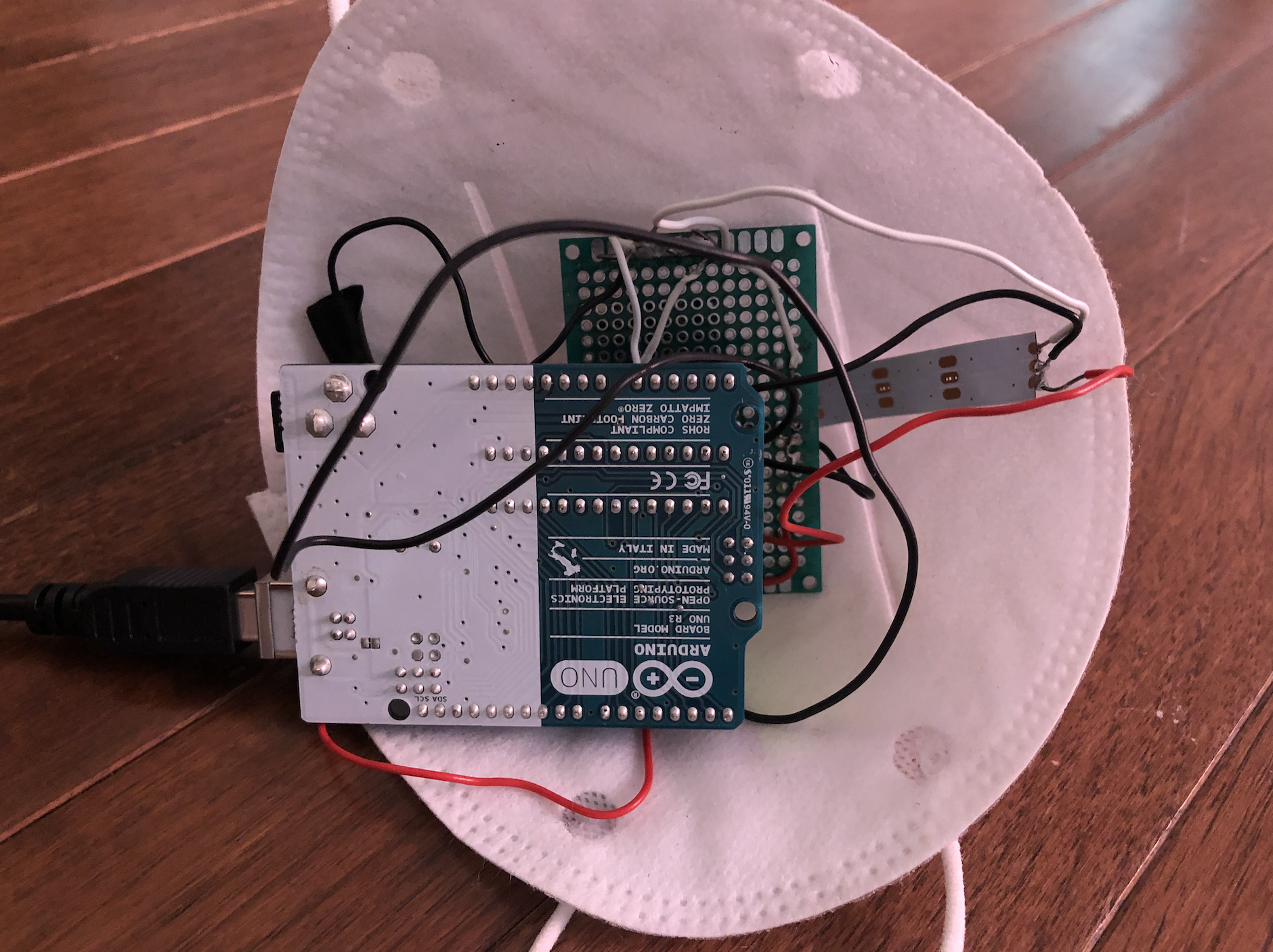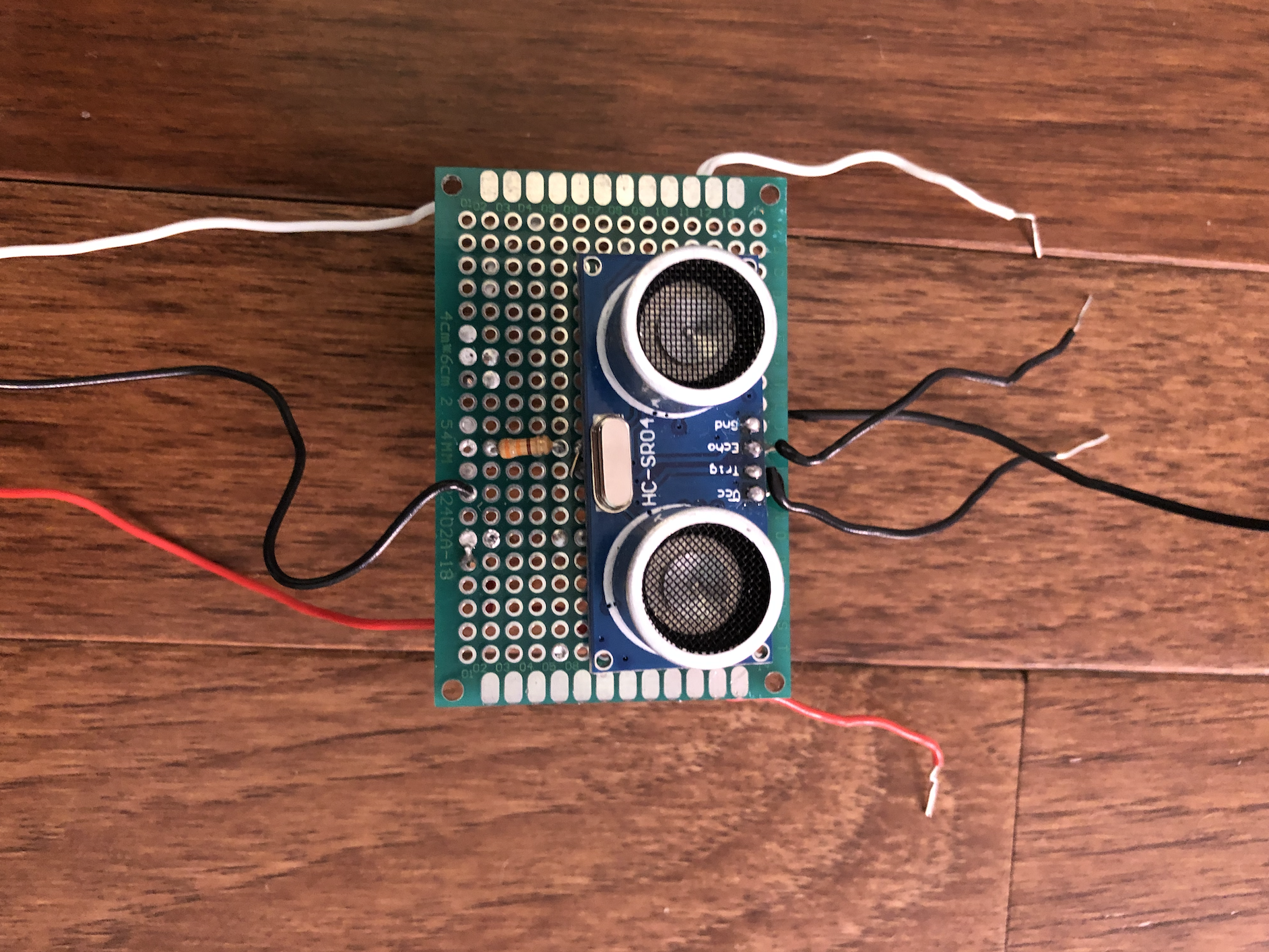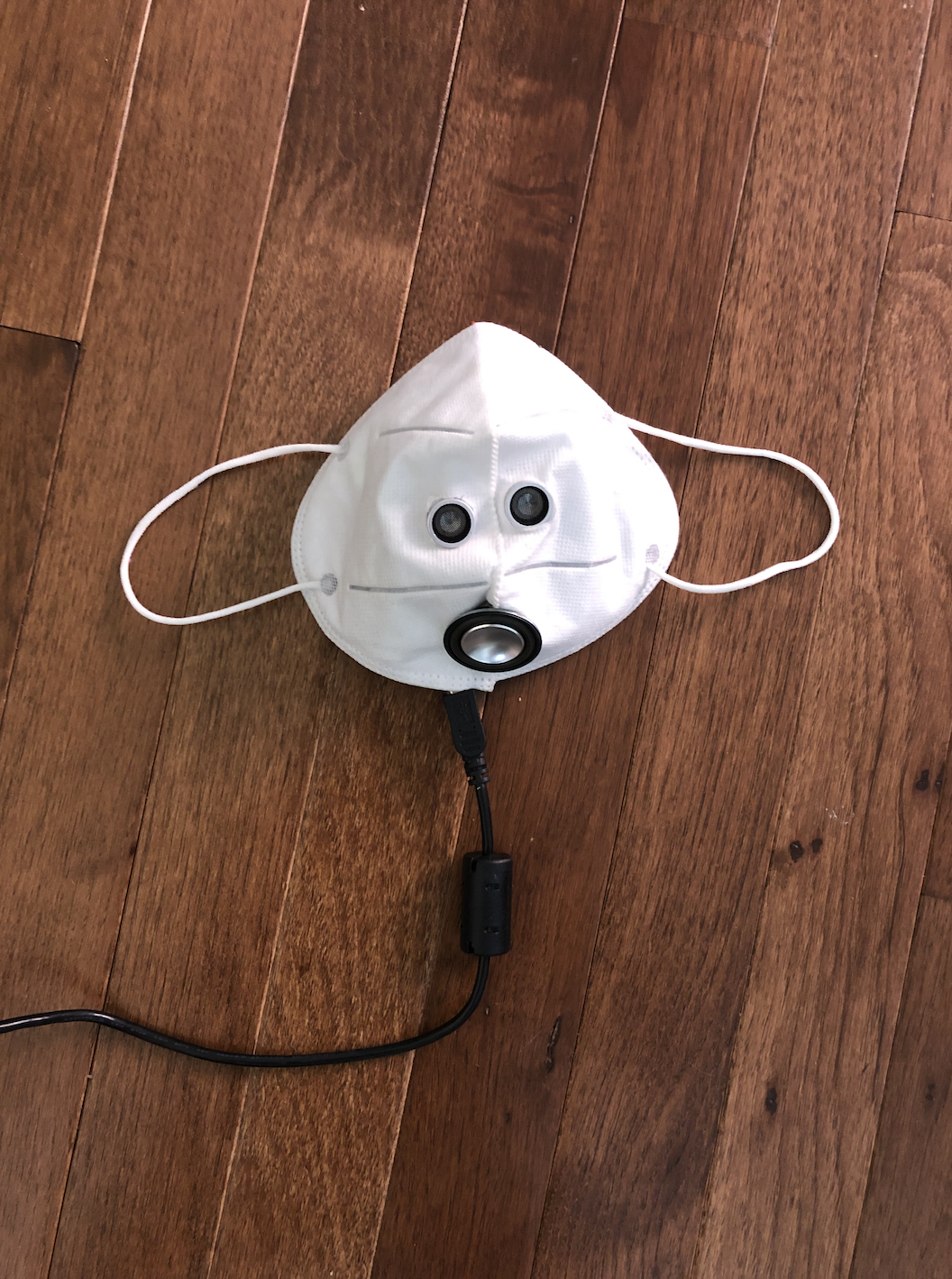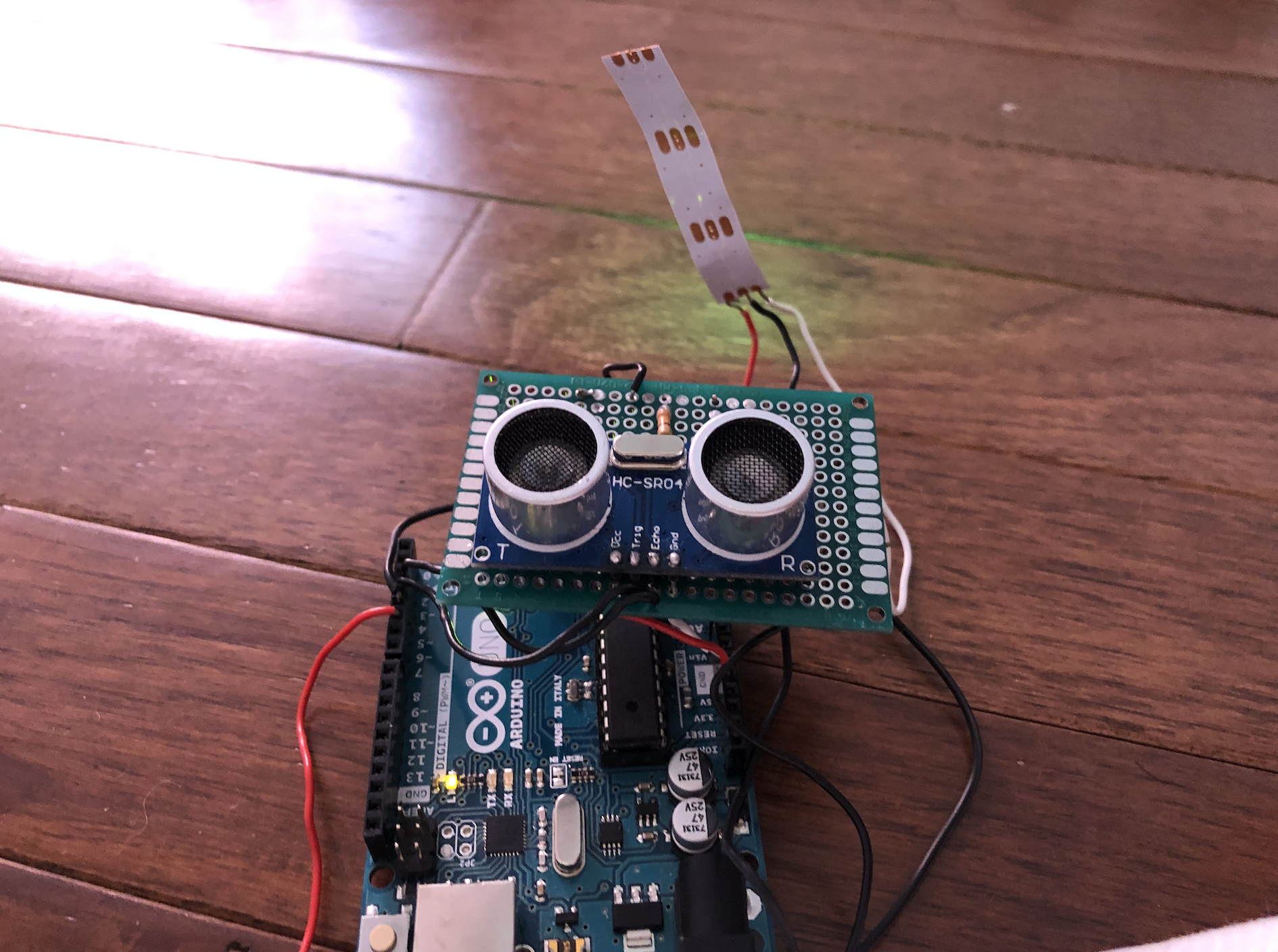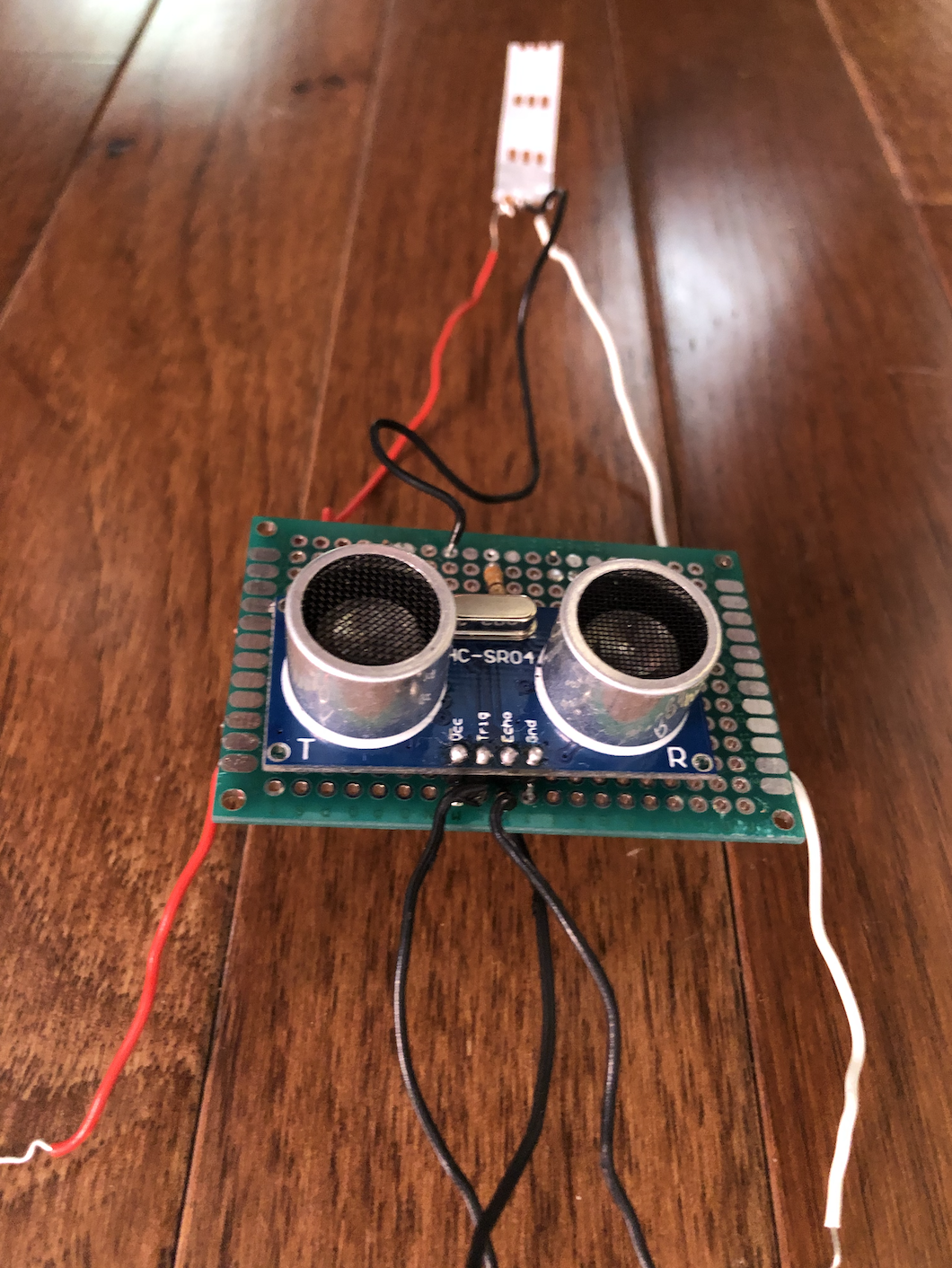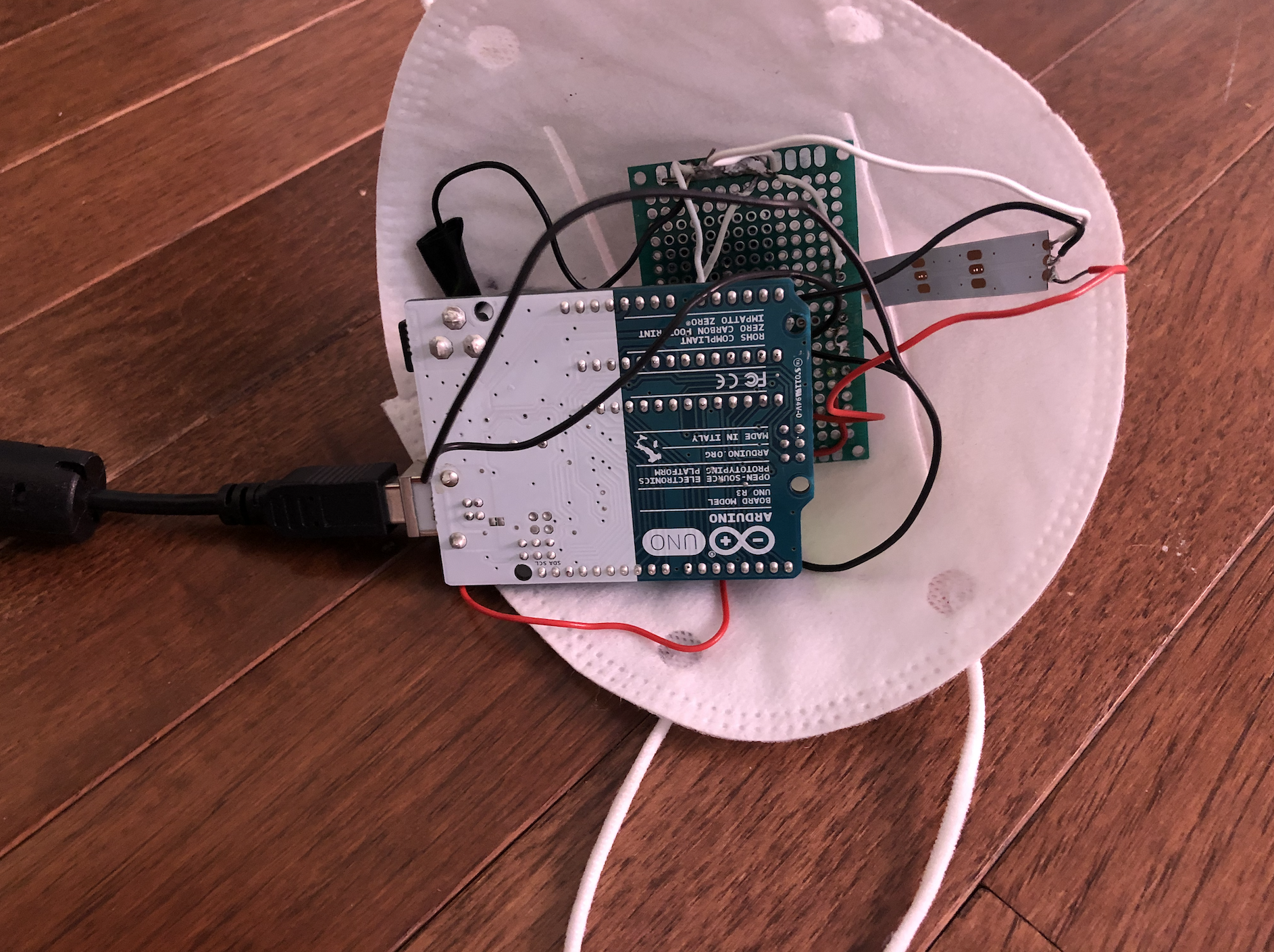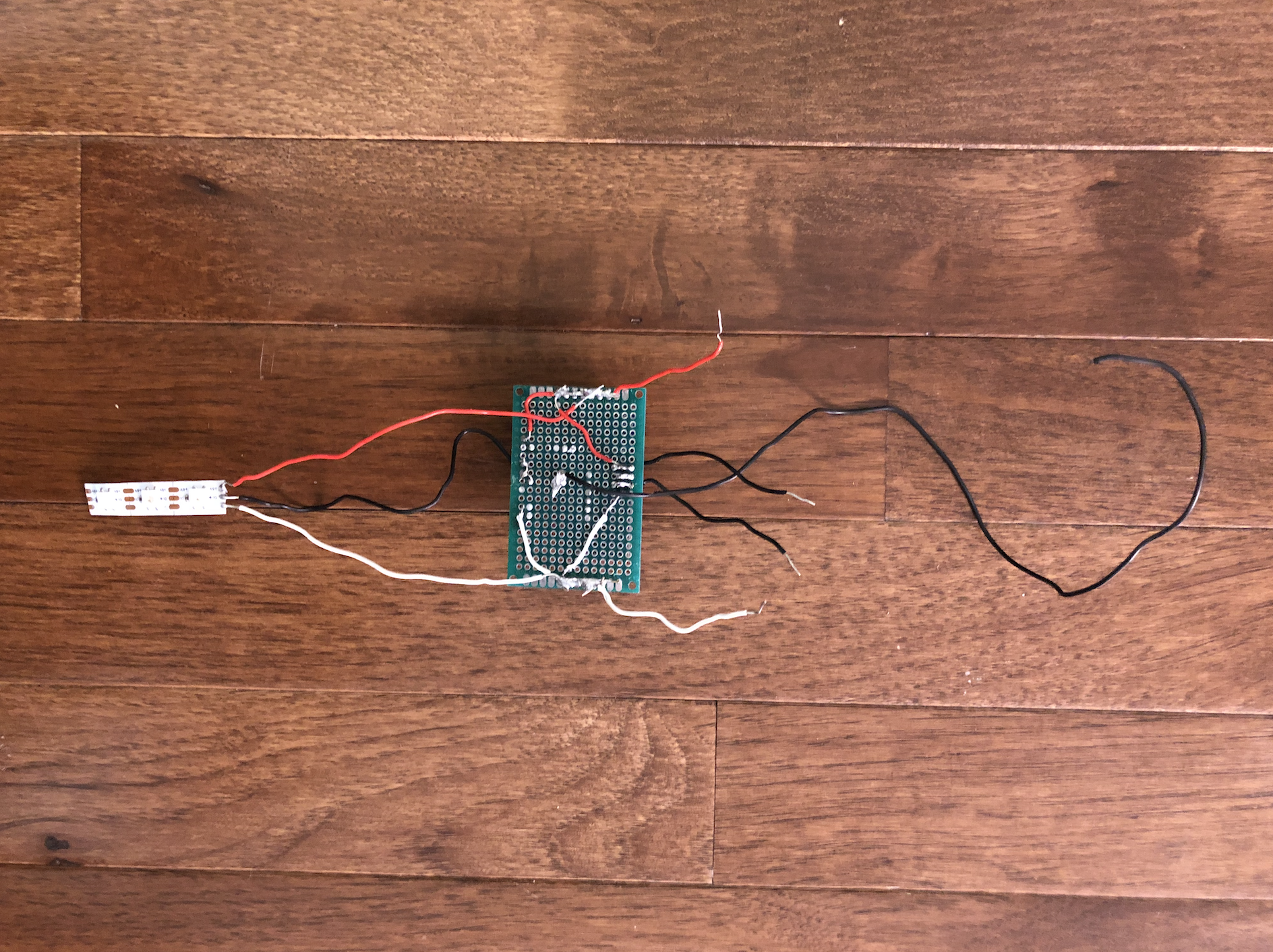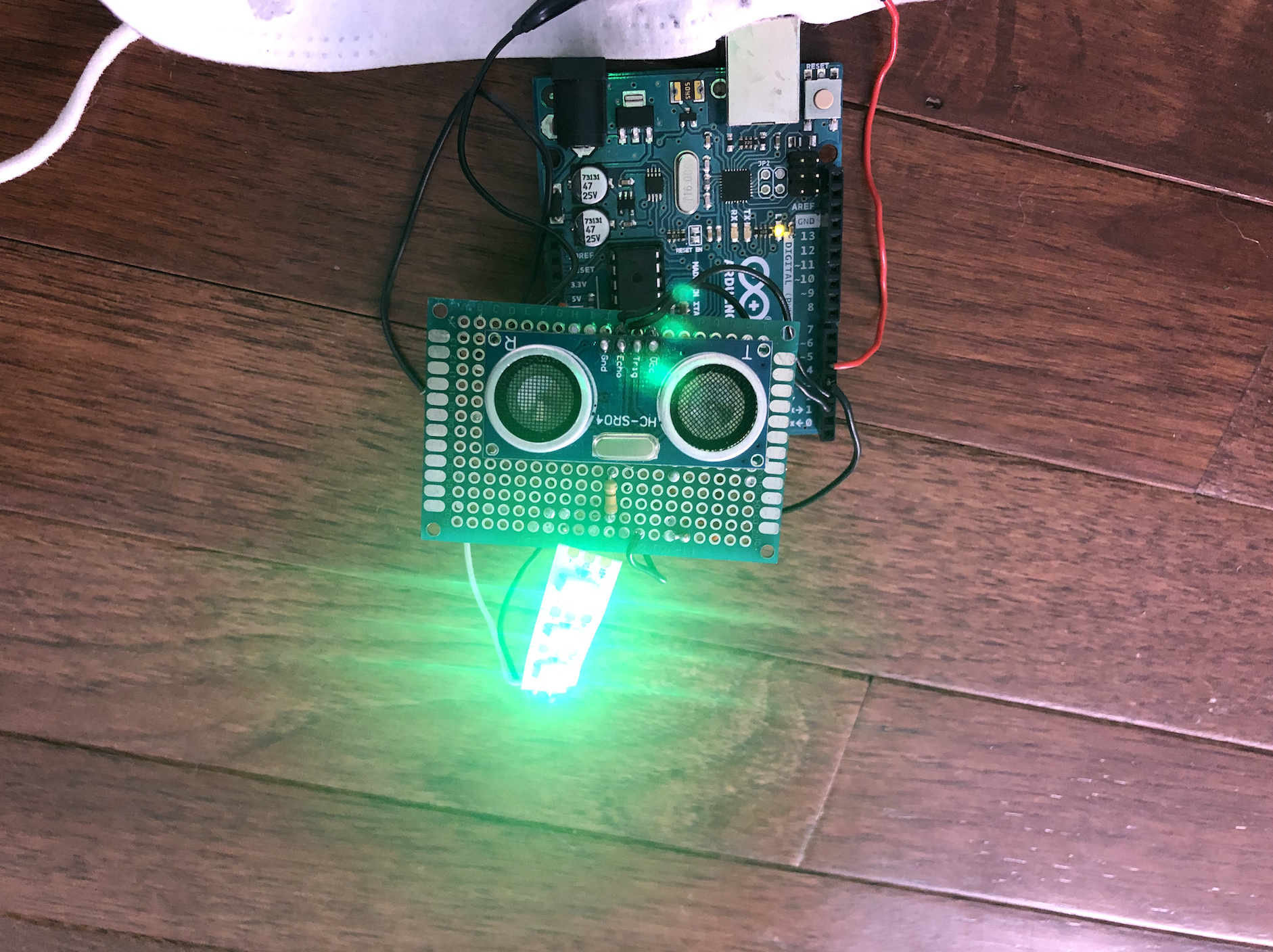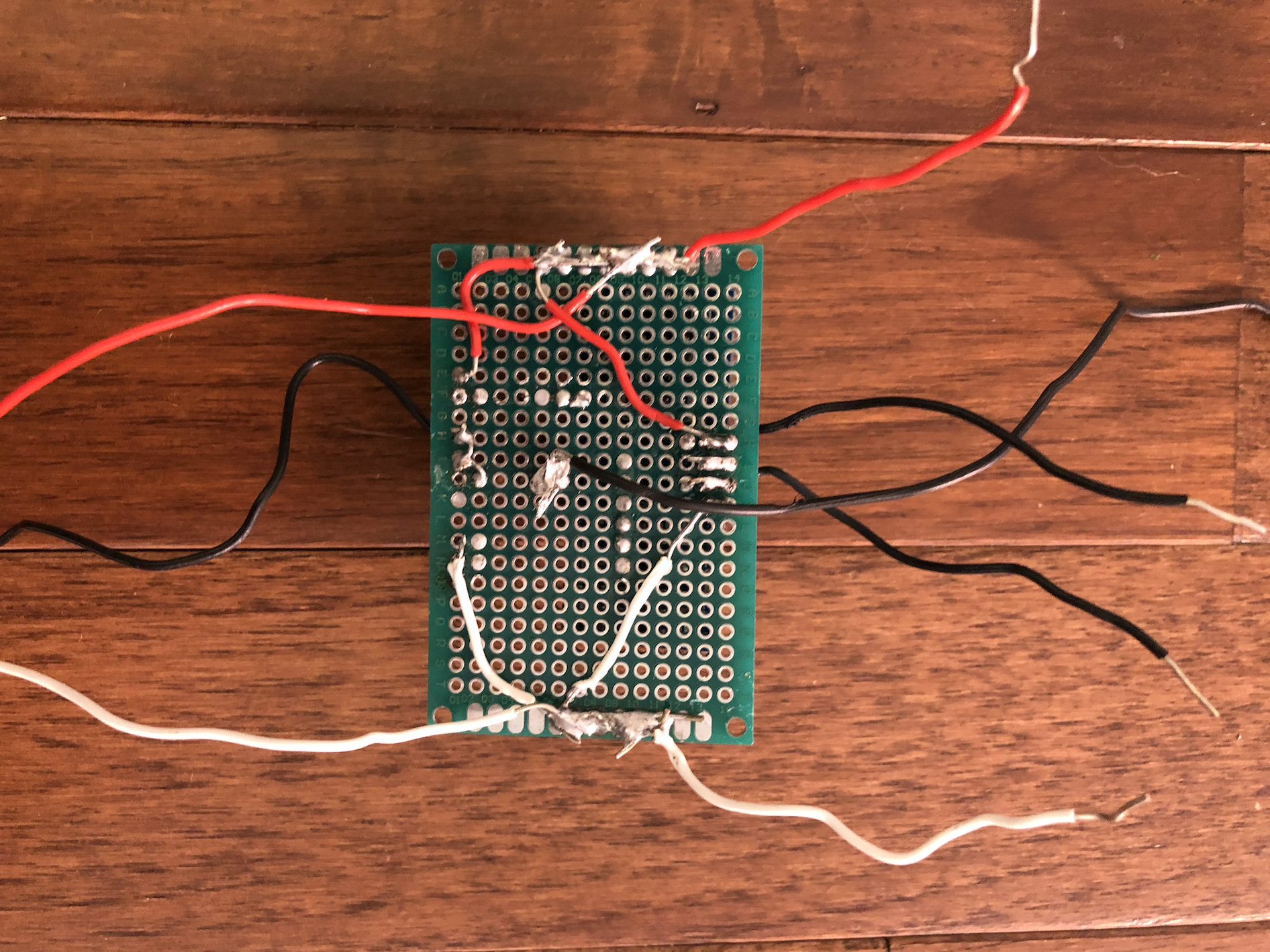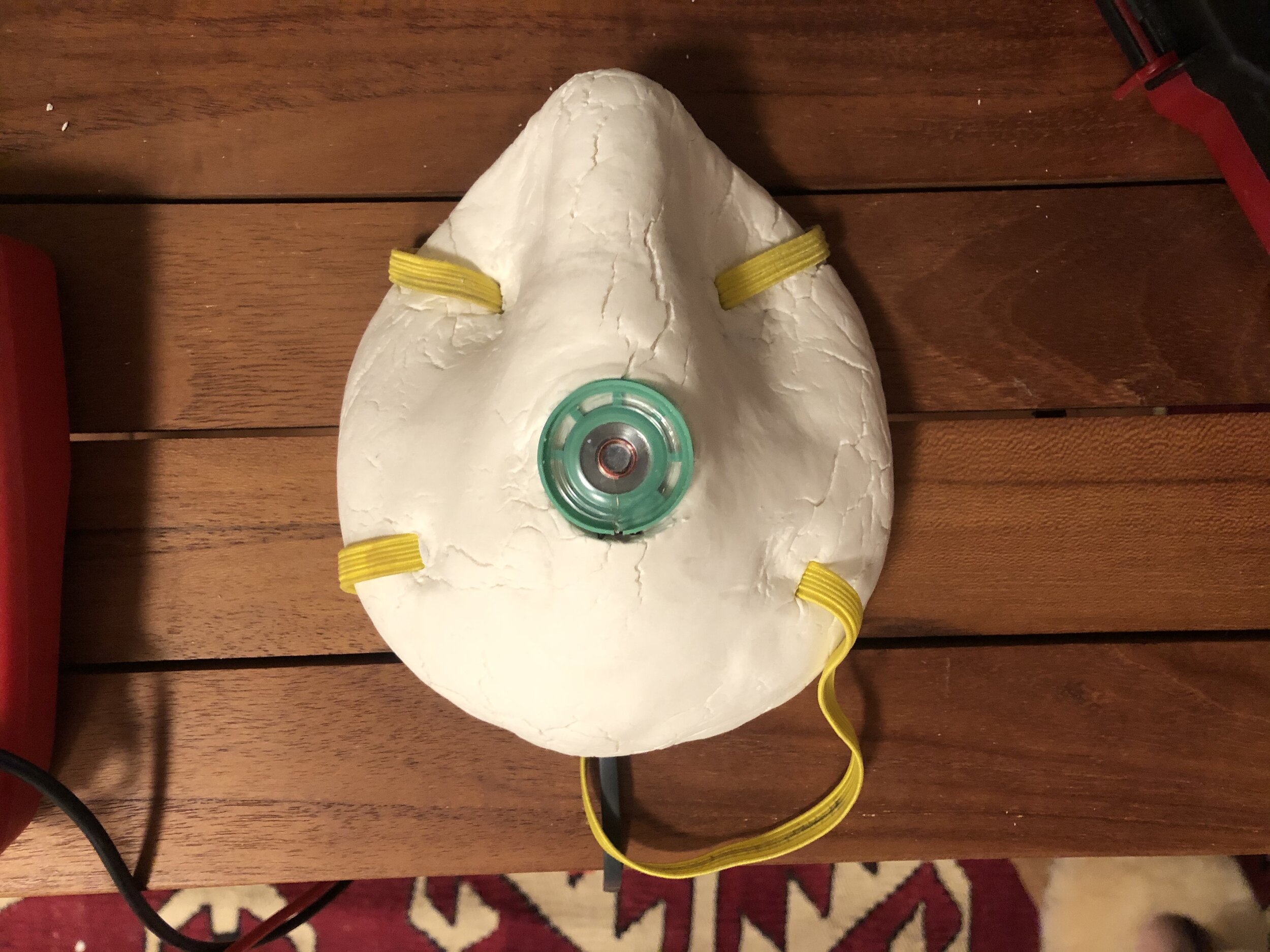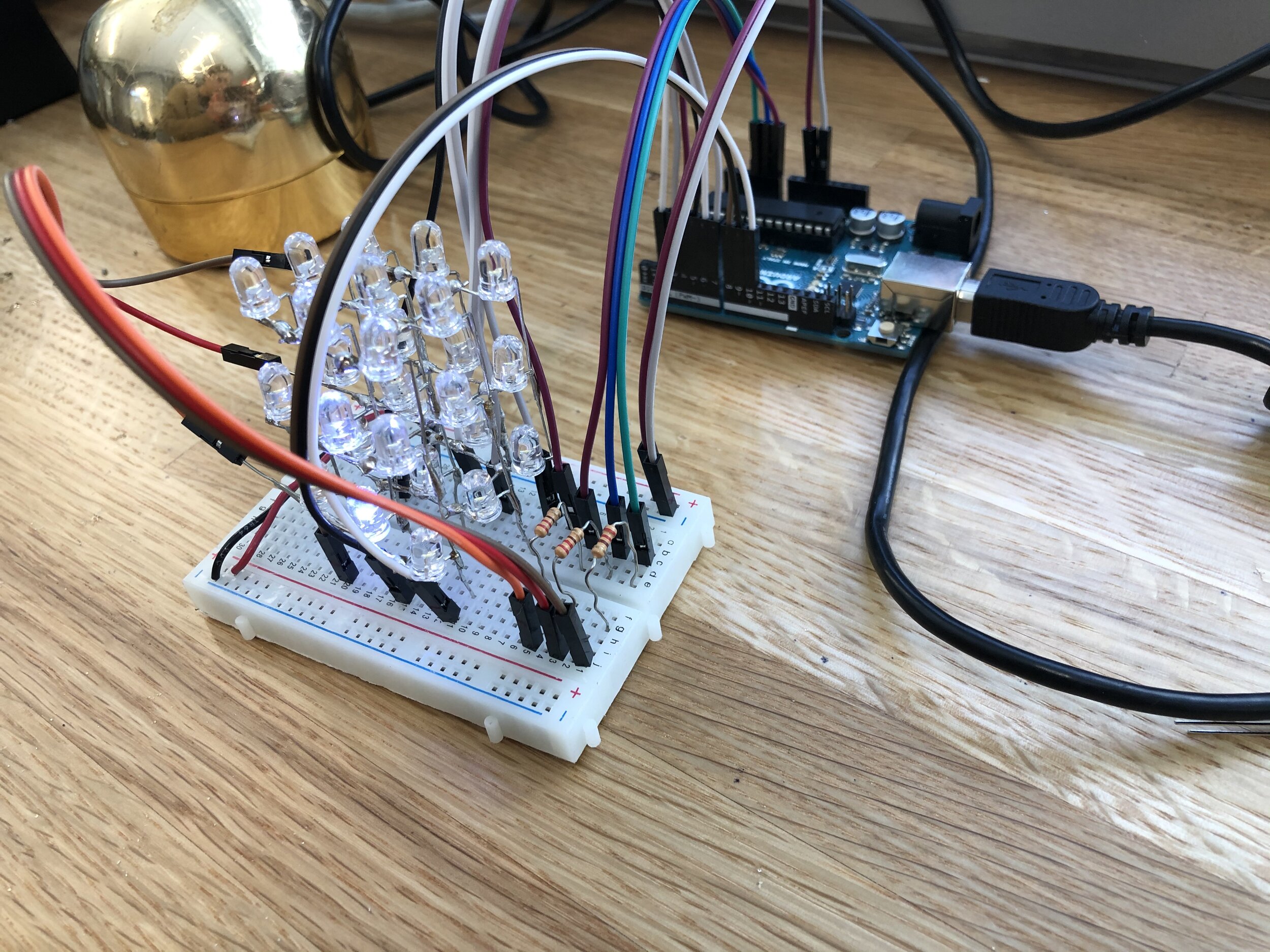Assignment:
"The term body politics refers to the practices and policies through which powers of society regulate the human body, as well as the struggle over the degree of individual and social control of the body".
Design, make and document a Device or Object that is critical about a topic related to Body politics. ( Feminism, Racial Bias, Abortion, Healthcare Access, Bionic Humans, Cyborgs, Non Binary Rights, ... )
Guidelines:
Choose a Topic / Subject relevant to the idea of Body Politics
Establish 2 limitations / constraints.
Choose a framework to present your topic and to correlate to your critical, technological and design approach.
Design, make and document a Device or Object that is critical about your chosen topic.
Prepare for a in class Demo and Presentation of your final Critical Object.
Deliverables:
Proposal Submission with your final Topic, Group, Limitations and Framework. (Blog Post)
Due Date: 04/13/20 (Week 10)Pin up & discussion of final project progress
Due Date: 04/27/20 (Week 12)Final in class Demo and Presentations / Final Documentation Submission
Due Date: 05/11/19 (Week 14)
"The enemy of art is the absence of limitations" - Orson Welles
About the project:
6 Feet is a commentary on the social distancing guidelines put in place by the CDC to combat the spread of coronavirus.
In a time when human exposure must be limited and direct contact is forbidden, the urge to feel connected to others is particularly heightened. With the progression of the COVID-19 stay-at-home orders, I find myself reading more news articles about possible future directions to contain the spread through technology. From “immunity passports” to contact tracing to door-to-door police-enforced testing, it’s hard to believe that these measures aren’t speculative design projects themselves. For my final project I want to take advantage of the situation we are all stuck in, and create an art piece based around the policing of bodies that will inevitably happen after international regulations are lifted.
As our bodies continue to be hosts for infection, contact tracing becomes an inevitability in order to find a cure. Unfortunately, along with the potential advantages of tracking interpersonal relationships, contact tracing also provides security risks that open the doors to more invasive forms of government monitoring. With Google and Apple’s partnership to create an app that aids in contact-tracing efforts, users will be given temporary personal identification numbers that will be cross-referenced with a list of people who have tested positive for COVID-19, and will be notified of the status of their contacts accordingly.
Limitations:
Topic: COVID-19 Surveillance.
Constraints: Metaphor, Interactive.
Framework: Critical Design Triangle.
Inspiration:
Research:
Result:
As a result of my research, I decided to manufacture a speculative object that monitors a user’s in-person meetings with the help of an ultrasonic sensor embedded in an N95 mask. Created in tandem with my midterm project, N95, the device uses a haptic feedback to alert the wearer of the mask that their interpersonal relationships are being numbered and uploaded to a database of contact in which they have no access or privacy. Once a person comes within a 6-foot radius of the ultrasonic sensor, the speaker sounds a tone and the LED strip blinks incrementally as the Arduino sends a random number to the IDE’s serial monitor. The piece explores the worth of contact versus privacy, and how the need for interpersonal relationships can wreak havoc until we are able to reunite with those we miss most.


